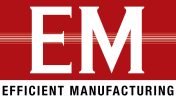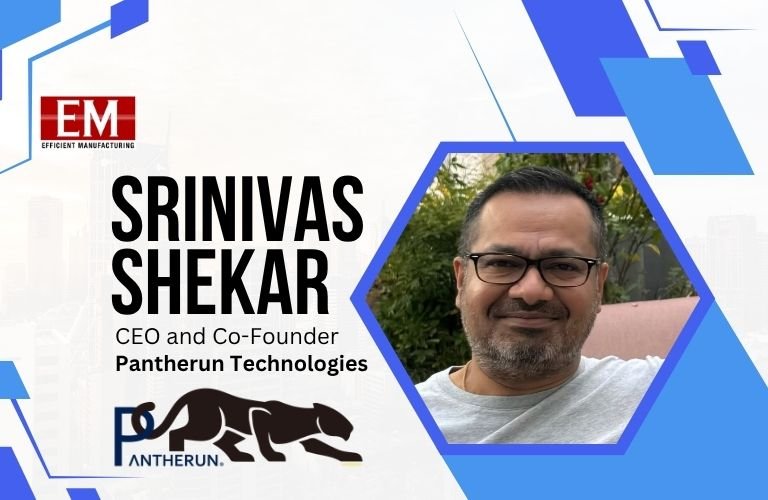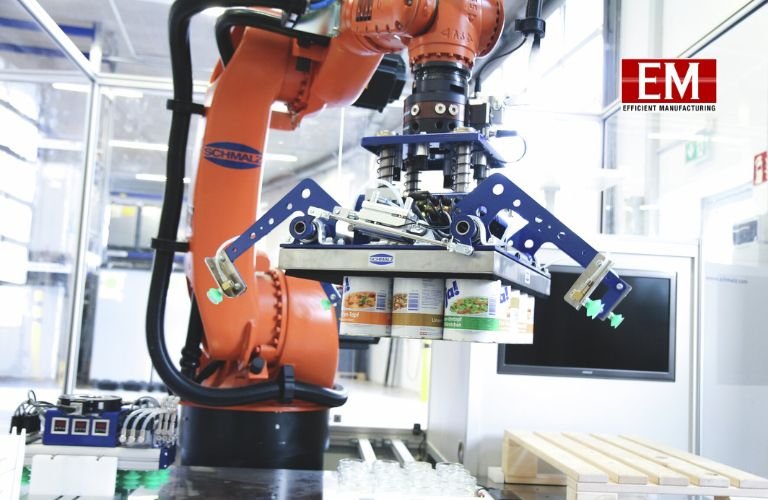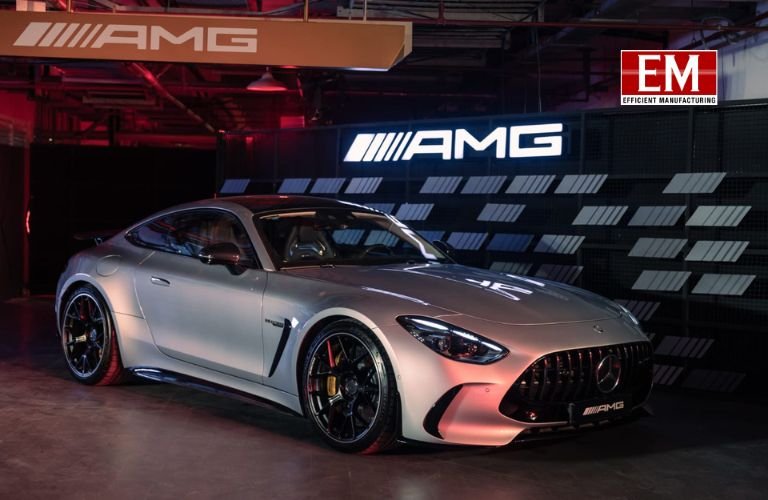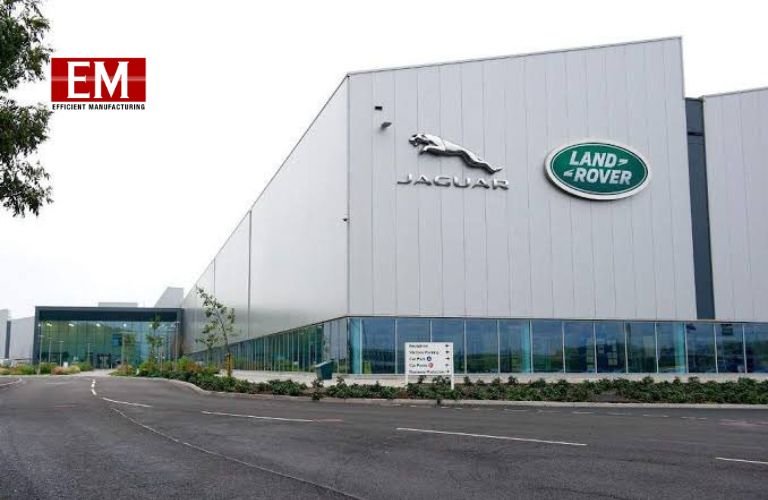As digital transformation reshapes the manufacturing landscape, the convergence of IT, OT, and IoT has introduced unprecedented complexity, along with new opportunities. But with this convergence comes a critical challenge: achieving seamless, real-time visibility across disparate systems. In this interview, Rohit Ramanand, Group Vice President Engineering, India, New Relic shed light on why observability has become a vital tool for modern manufacturers, not just to connect the dots across front office and factory floor, but to proactively address outages, enhance efficiency, and enable predictive decision-making. From bridging operational silos to unlocking powerful insights, this conversation explores how intelligent observability is redefining manufacturing for the future.
1. As IT, OT, and IoT increasingly converge in manufacturing, why is achieving visibility across these systems so challenging?
From the perspective of observability, visibility can be challenging due to inherent differences in how IT, OT and IoT systems are designed, monitored, and operated. Centralised logging and alerting frameworks are used to manage IT systems, which allows real-time data collection. In contrast, OT systems have limited visibility because many are legacy systems tailored for operational continuity, making them harder to instrument. It gets even more complicated with IoT devices, as they introduce heterogeneous data sources with different communication protocols and security challenges. Additionally, standardised monitoring frameworks across these domains translate to fragmented and siloed data that hampers end-to-end visibility.
2. What are the key barriers manufacturers face when trying to gain end-to-end observability in this complex digital ecosystem?
End-to-end observability can be challenging for manufacturers due to inherent disconnects between IT, OT, and IoT systems. These systems often operate in silos, and each of them has their own data structure, protocols, and security requirements. Most manufacturers have legacy OT systems designed for reliability rather than real-time data, and are hard to instrument for modern monitoring needs. On the other hand, IoT devices generate vast, diverse datasets, further complicating data aggregation and correlation.
The real-time nature of manufacturing hinders granular visibility due to the sheer volume and complexity of data across these environments. Achieving seamless observability requires manufacturers overcome interoperability challenges; ensuring that disparate systems can communicate effectively without compromising performance or security.
3. Why do modern manufacturers need observability to address the complexities of digital transformation?
Modern manufacturers face significant complexities in their digital transformation journeys, and are being driven by the need to optimise operations, enhance productivity, reduce costs and increase customer satisfaction. Observability helps manage the complexities of this landscape; providing a crucial framework for effectively addressing these challenges. It enables proactive monitoring, supports data-driven decisions, and fosters innovation and agility to ensure a competitive advantage.
Intelligent observability is essential for real-time visibility across complex digital infrastructures. It includes next-generation technologies like automation, AI, and IoT. Manufacturing operations are far more interconnected than ever, which means they generate vast amounts of data that must be monitored. Without intelligent observability, manufacturers risk blindspots into critical insights such as system inefficiencies or operational bottlenecks. Observability empowers manufacturers to proactively identify and resolve issues, minimise downtime, optimise production, and foster a data-driven approach to digital transformation.
4. How can intelligent observability address concerns from the front office to the factory floor?
Intelligent observability offers clear, real-time visibility into what’s happening across the entire business. In the front office, enhanced decision-making is created thanks to more effective data integrations, and real time insights. Additionally, a better customer experience with more accurate status details can be rolled out, thanks to personalisation, predictive analytics and more tightly controlled service monitoring. More effective risk management can also be achieved thanks to proactive alerting and compliance tracking.
On the factory floor, equipment and production processes are monitored, creating improved operational efficiency and more stringent quality controls. Real time inventory management and the optimisation of logistics are also able to create more effective workforce management and enhanced supply chain visibility.
5. How can observability bridge the IT/OT divide?
Intelligent observability creates unified and real-time visibility across systems, which allows manufacturers to operate cohesively. While IT systems focus on flow, software, and business processes, OT systems tackle cyberphysical operations like machinery and production lines. Observability tools are great at integrating data from all systems, and at creating inter-domain insights. IT fosters better collaboration between IT and OT so that teams can effectively identify inefficiencies and resolve issues faster. It correlates IT performance with OT outcomes, ensuring both sides are aligned, improving efficiency, reducing downtime, and enhancing decision making.
6. What benefits does intelligent observability offer manufacturers in terms of predictive and preventive capabilities?
30% of manufacturing organisations experience high-business-impact outages at least once a week, which costs them more than $1 million per hour, according to the 2023 State of Observability for Industrial, Materials and Manufacturing report. Critical outages cost manufacturers millions of dollars, disrupt intricate global supply chains, and adversely affect business-to-business relationships. Intelligent observability can help, as it enables real-time monitoring and analysis of production systems; providing deep insights into performance, downtime risks, and anomalies before they escalate. Predictively, it helps manufacturers identify potential failures or inefficiencies by analyzing patterns and historical data, and allowing for proactive intervention and the minimisation of costly downtime.
Intelligent observability is preventive when it empowers manufacturers to optimize operational processes, detects issues early, and automates corrective actions. With AI-powered observability platforms, manufacturers can make data-driven decisions that enhance equipment reliability, improve supply chain efficiency, and ensures smoother production cycles. It helps manufacturers move from reactive problem-solving to proactive, data-driven decision-making, reducing costs and boosting operational efficiency.
7. Can you share real-world examples where observability has helped manufacturers optimize both business and operational processes?
A great example is AB in Bev, a world-renowned brewer. When the company wanted to optimize business operations, growth, and customer experience by migrating data centers to the cloud, they chose to adopt a DevOps deployment model. For the company’s global B2B operations, this meant increasing its in-person sales force with an e-commerce platform, consisting of a website and mobile app, where bar owners, restaurateurs, and retail store operators could make purchases directly. AB InBev needed a monitoring solution that could deliver the data required to improve operational performance. After adopting an observability platform, the company was able to see that its customers experienced a delay with the pricing engine of about eight seconds, hampering the user experience. AB InBev were able to fix the issue proactively. Since adopting observability, the company has seen its mean-time-to-resolution (MTTR) for incidents improve by 80% and its mean time between outages (MTBO) improve.


